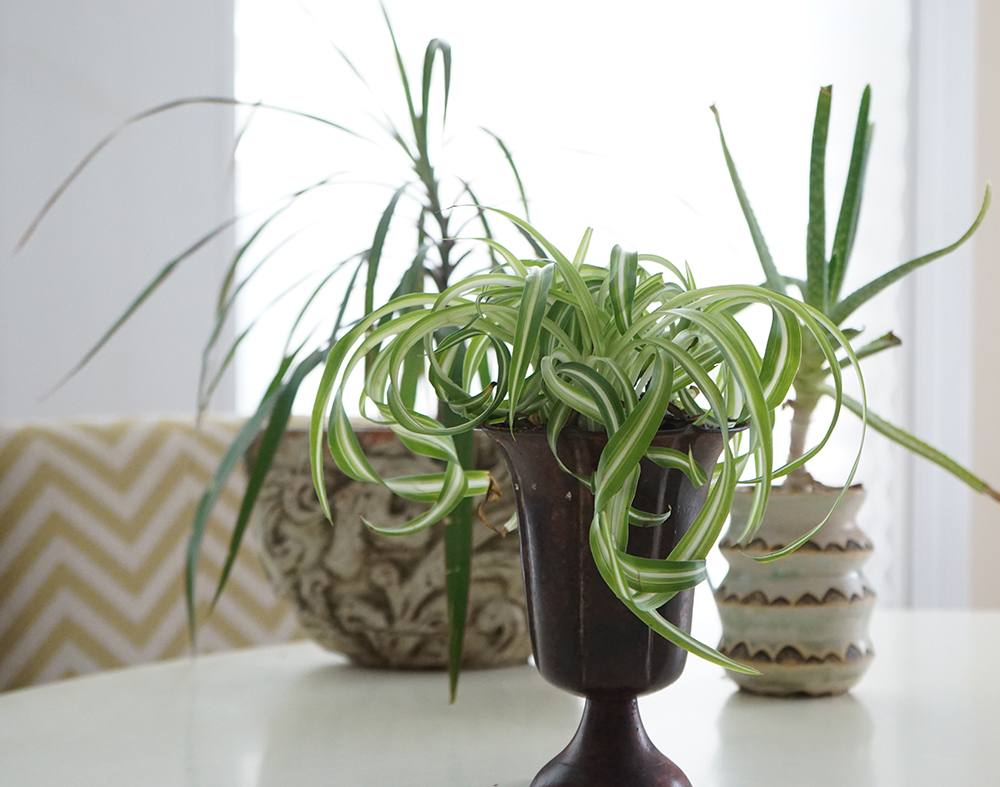From a Plant-Based Yogi
Let’s sprout roots, grow and salute the sun together.
Daughter of a gold prospector / gardener / construction worker / minister, I found my love of plants at a young age.
Plants & Tantra Yoga
My dad granted me a lifelong awareness of our interwoven co-existence with all life on this planet, including plants. I spent my formative years gnawing on fruits and veggies grown in our Arizona backyard. My family has always tended a huge garden, upwards of an acre at one point. My dad, whose hobbies could fill a blog, created the first ever CD library of Plants of Arizona back before the World Wide Web was a thing. He traipsed all over that state taking photos and documenting all of Arizona’s beautiful botany. This man gifted me with an appreciation for following dreams, nature, the outdoors and for plant life.
Practicing and teaching tantra yoga, I’ve found many overlaps between the plant-lover in me and my yoga student & teacher self. The word tantra means to weave or expand. The word yoga has to do with connection. My intention as a teacher of this ancient practice is to hold space for others to cultivate their own conscious relationship with their Selves, and then to extend that connection to the diverse web to which we all belong on this planet.
We are not separate from nature. Plants are perhaps some of the greatest teachers of our interconnectedness, our yoga or union with all. Your every inhale and exhale is an exchange between you and plants. A sacred dance of reciprocity. You breathe in the air that plants purify for you.
Did you know?
Houseplants have the power to purify oxygen from the air through photosynthesis. Plants also purify air by trapping contaminants in the soil, where they convert these substances into beneficial food for their growth and development.
NASA’s study on the air quality in enclosed spaces such as spaceships and homes, found that common indoor plants provide a natural way to remove toxic agents from the air. The study showed that indoor plants have the power to remove chemicals from the air, including benzene (a petrochemical derived from crude oil found in paint, inks and man-made fibers), formaldehyde (a known carcinogen found in rugs, grocery bags, cigarette smoke and carpeting) and trichloroethylene (a powerful anesthetic linked to many health problems). NASA determined that you should have one large plant (8-inch diameter or larger) per 100 square foot of your space to purify the air. So, if you have a 1,000 square-foot studio, you need to have at least 10 plants throughout.
Healthy Happy Home
Here is a list of some plants that you may wish to add to your home or studio for their ability to remove chemicals from the air:
Boston Fern (nephrolepix exaltata “Bostoniensis”)
The Boston fern is an annual with feathery fronds. They prefer bright indirect sunlight. Keep the soil barely moist and mist frequently with warm water.
Ficus Alii (ficus macleilandii “allii”)
The Ficus Alii grows easily indoors, and resists insects. It prefers a humid environment and low to medium light. The Ficus Aliii should not be placed near heating or air conditioning vents, or near drafts because this could cause leaf loss. Soil should be kept moist but allowed to dry between watering.
Peace Lily (spathiphyllum sp. “Mauna Loa”)
The Peace Lily is a hardy plant that can tolerate neglect. So if you feel like your green thumb is more brown, this is a great plant to add to your home or studio. It prefers indirect sunlight and high humidity, but needs to be placed out of drafts. For best results, the Peace Lily should be thoroughly watered, then allowed to go moderately dry between waterings. The leaves should be misted frequently with warm water.
Philodendron (philodendron sp.)
This is a plant I can keep alive! It is one of the most durable of all house plants. Philodendrons prefer medium intensity light but will tolerate low light. Direct sun will burn the leaves and stunt plant growth. Keep the soil evenly moist, but allow it to dry between waterings.
Rubber Plant (ficus robusta)
Grows very well indoors, preferring semi-sun lighting. Avoid direct sunlight, especially in summer. Young plants may need to be supported by a stake.Water thoroughly when in active growth, then allow the soil to become fairly dry before watering again. In winter keep slightly moist.
Spider Plants (chlorophytum comosum)
Another durable plant I have had in my life for decades. So if you need a hardy houseplant, try a spider plant. They have pretty verigated fronds and are tolerant of a wide range of conditions.
Other Yoga Experiences
Plants undergo photosynthesis during the day, but at night, they absorb oxygen and release carbon dioxide. While this is not a big deal throughout your home, in your bedroom it may interfere with air quality.
There are a few types of plants that absorb carbon dioxide and release oxygen at night versus during the day. These are best to place in areas where you’ll be sleeping. These include succulents and orchids.
Plants are amazing, beautiful and key players in our health and life games on Earth. This article touches on the way plants clean our air. But they offer us so much more. I will write more about the healing properties of plants in future articles. But for now, if you’d like to attend a yoga class where we explore our interconnectedness with Mother Nature, I am teaching a free plant-themed yoga class at St. Louis VegFest – St. Louis’ first ever vegan festival on August 4 at Forest Park’s World’s Fair Pavilion. We will salute the sun and grow together, inhaling the good stuff and exhaling out all that the plants will then recycle for us. Find out more about St. Louis VegFest on their website. See you on a yoga mat at 11a or 1p. At 12n you’ll be guided by my friend, Julie Christy, and I’ll be helping out at a vegan puppet show.




